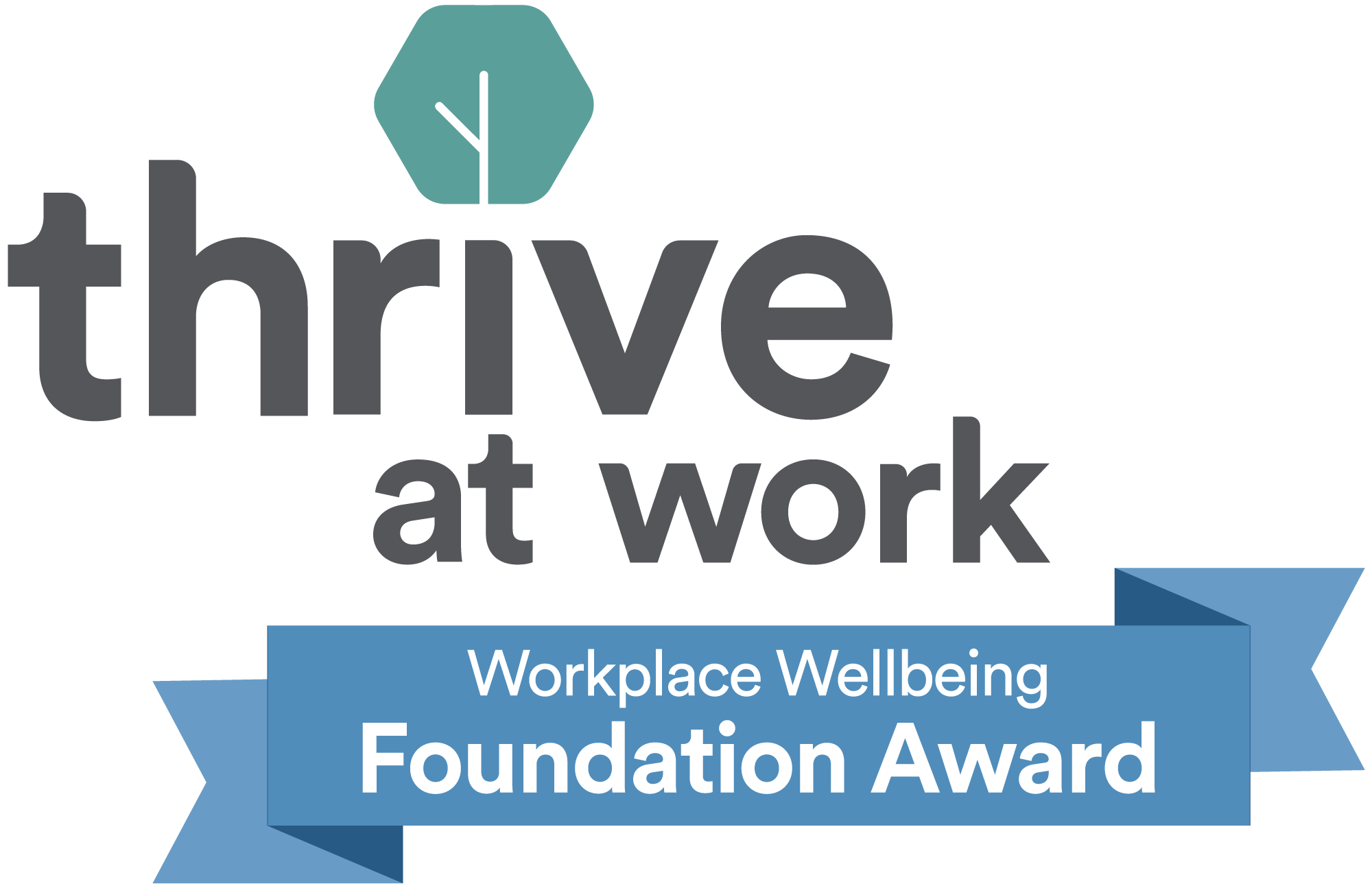Vulnerable Customers: Innovation & Preparation
“Vulnerable customers” – it’s a phrase I’m sure we’ve all heard more times this year than we ever have before, and it’s not going away any time soon. The regulators are only just beginning to ramp up their scrutiny of how banks and Financial Services businesses treat customers who are experiencing a personal, medical or financial hardship. With all this discussion taking place, many firms I’ve spoken to are getting out in front of these issues now and adapting how they work with vulnerable customers in a number of interesting ways. How exactly are businesses preparing?
Training staff thoroughly on vulnerability is crucial. Front-line staff need to understand the different types of vulnerability and how they intersect, and from there they need to understand how to approach those customers. Beyond this though, there’s also huge value in training senior management and building a whole-organisation culture of understanding vulnerability and responding appropriately.
That can start with how management are interacting with staff – if your business is exercising more empathy to each other, that mindset will filter down to customer contact. This has become very important with staff working remotely, especially with employees who have started during the pandemic. If customer service staff are able to reach out to senior staff and have honest conversations about the difficulties they’re facing, that can develop a wider culture of listening and empathising. That interaction is also important in terms of the actual interactions with vulnerable customers – many organisations have installed systems to allow staff to quickly flag up that a difficult call is happening and get support live either from their manager or a designated Vulnerability Champion.
That idea of Champions is something many businesses are trying, in a few different forms. Some businesses have specially trained up more senior team members to become Champions within their own division. Others have created specialist Vulnerability teams who will shepherd a customer through every stage of their journey, across all departments.
Closely tracking the customer journeys of vulnerable customers is crucial in building up a bank of vulnerability MI. Organisations are recording data on the number of vulnerable customers, the types of vulnerability, what extra support is needed, how those customers situations are changing – but right now there seems to be a lot of uncertainty about where to take that data next and how it can be best used to improve the service offered to vulnerable customers.
That tracking does raise some GDPR questions. Recording details of a customer’s illness, for example, that had given them vulnerable status would be classed as “Special Category Data” under GDPR, requiring specific customer consent followed by careful thought about who has access to that data and how it’s stored. One possible approach to streamlining this is to instead of focussing on the type of vulnerability, focussing on the type of extra support the customer needs.
That kind of thinking is also driving some businesses to refer to their vulnerable customers via different terminology. Some customers who reject or resent the “vulnerable” label are more willing to declare that they currently need “extra support”, for example. This is just one challenge that businesses are facing around communication and identification. Many customers are not announcing vulnerability concerns until late in their journey. Capturing vulnerability at the first stage is important but can be tricky – especially in a digital environment. Customers completing a sign-up form online may skip over questions asking if they are experiencing vulnerability factors, out of fear of not getting the product they want, or because they don’t consider themselves vulnerable. Organisations need to consider how vulnerability is being treated in the digital journey and how they can best use technology to help with early identification – for example, some businesses track how long it takes customers to complete sign up forms and if someone has taken a lot of time over certain sections, they can flag that up with the contact staff.
Innovative thinking is also being harnessed to try to help vulnerable customers in a much wider sense than has previously been considered. Many businesses provide customers with details of support organisations and charities that may be able to help them – whether that’s debt relief or mental health counselling. There’s also a growing discussion about the possibility of cross-industry collaboration – for example if a consumer finance business learns that a customer is in a difficult financial situation, could they potentially also work with that customer’s utility providers and see what support they can offer? I expect we’ll see a lot of development in this area in the future.
Looking ahead, a concern for the immediate future is resource and talent. A number of businesses have expressed difficulty with recruiting the number of customer contact, complaints or collections staff that they would ideally need. Discussions are ongoing about how to approach this in the midst of the industry-wide labour shortage, but areas for consideration include rescoping what kind of people they’re looking for, and upskilling people from elsewhere in the business.
As we approach the upcoming publication of the draft rules for the new Consumer Duty, set to come into effect in July 2022, businesses need to seriously consider what kinds of work they need to do to ensure they’re compliant and can prove that they take the care of vulnerable customers seriously, and are providing a consistent high-quality customer experience for them. I think a successful vulnerable customer strategy is going to have to consider all of the previously discussed areas – MI, training, data privacy – working together to deliver the outcomes the FCA are looking for.
If you have concerns or questions about your organisation’s approach to vulnerable customers, contact me on 01216432100 or selena@kindconsultancy.com for a confidential conversation about how Kind Consultancy may be able to help.




